Is a bungalow a good investment for renovation? Charlie Luxton explains
Ideal Home's resident architectural designer Charlie Luxton shares his design know-how
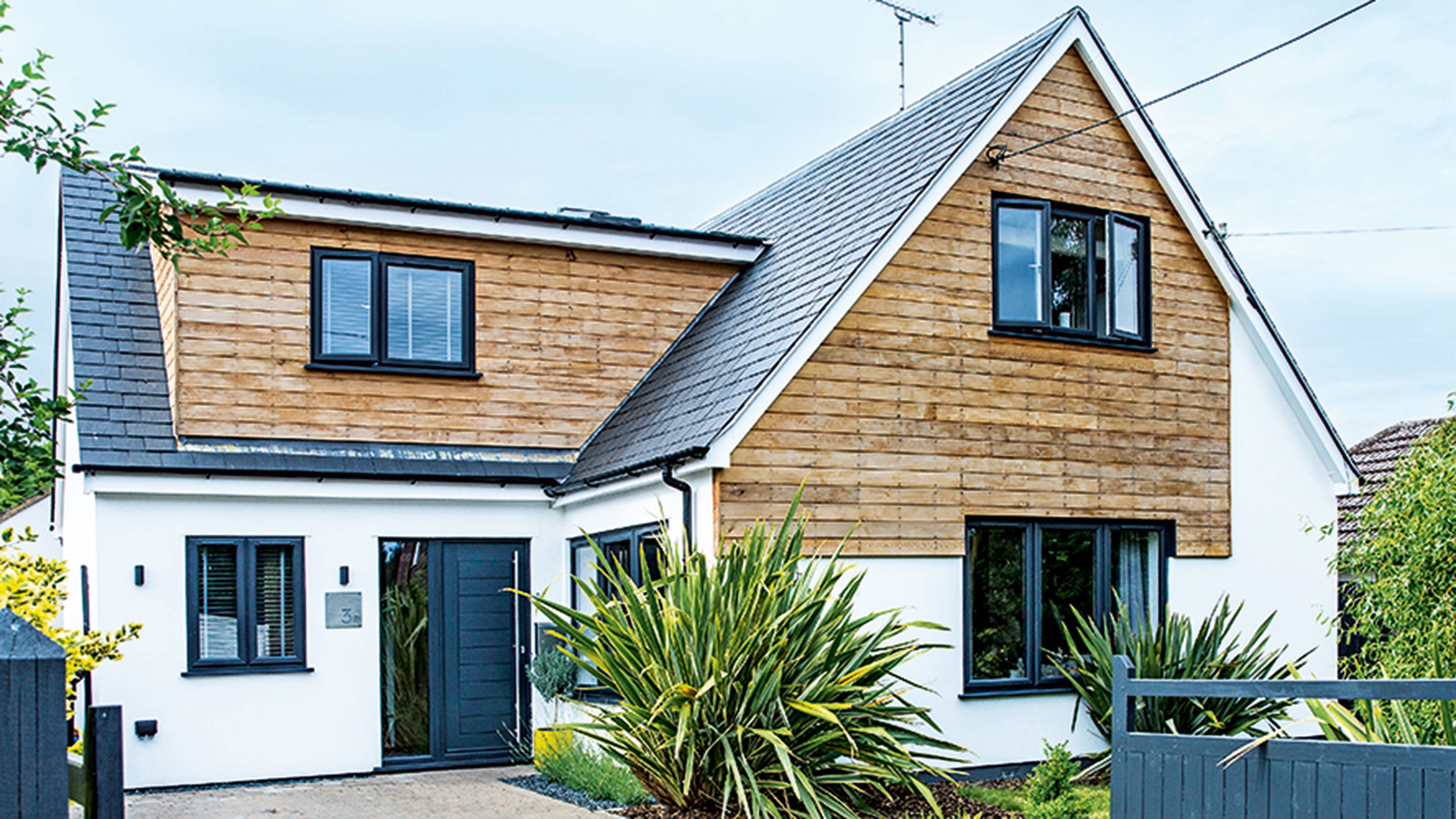
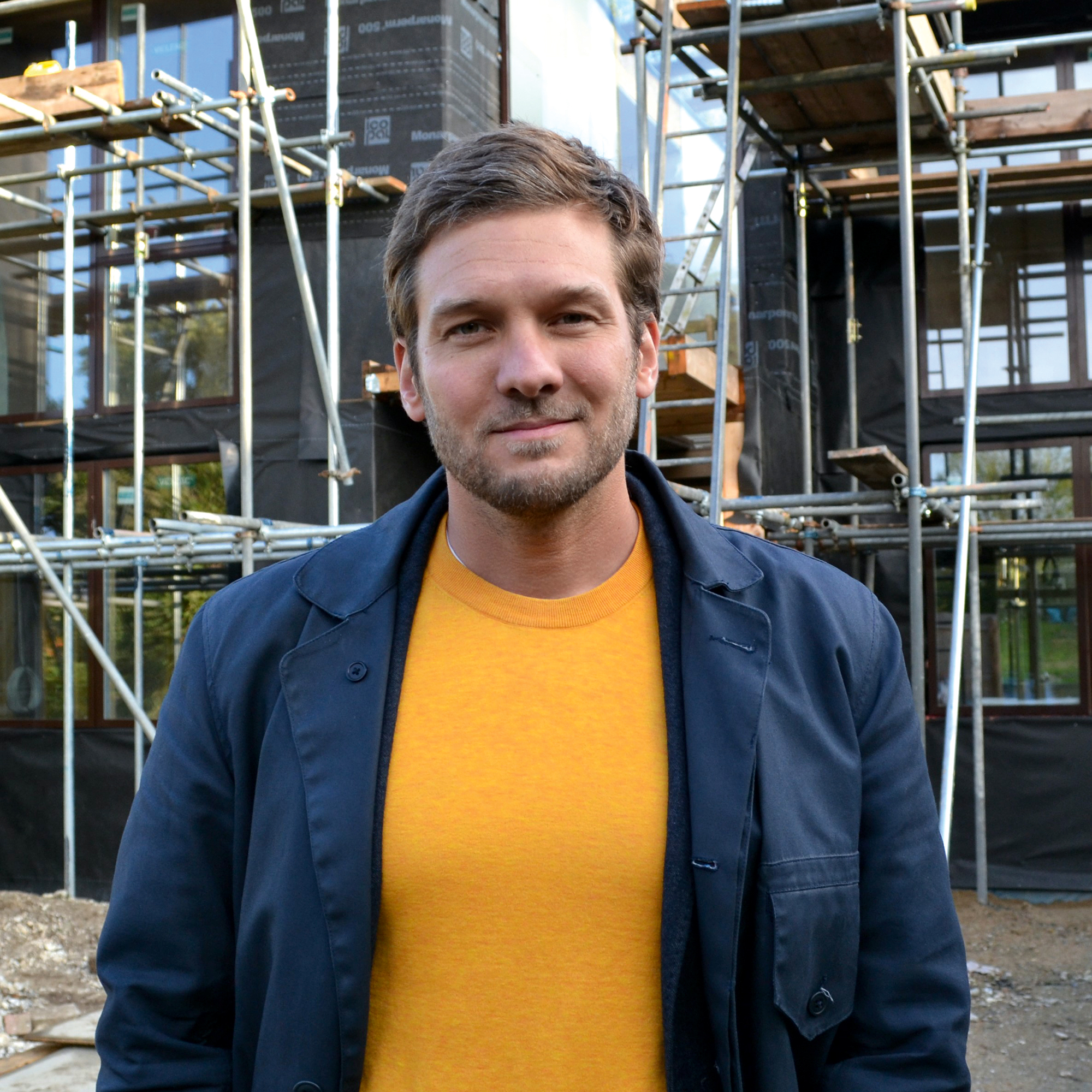
Many of us look straight past the gold mine of housing potential in the UK that is the bungalow. Whilst you’ll find Victorian and Georgian terrace fans everywhere, thatched cottage lovers two a penny, the bungalow fanatic is not such a well known character. As a result, these homes often represent good value when everything else is so overpriced. This has always struck me as odd given that the main principle of house buying, if you’re looking for a project, is to look at a house for what it can become, not what it is now. Given this, you need not look much further than bungalows.
Many of these single story structures were built in the period of village and town expansion between and post war when motor transportation was becoming widespread. As a result, they were built at lower density on the edge of settlements and often had good sized plots and expansive views. They are hardly ever in conservation areas or constrained by conservation issues and the layout of rooms is usually larger and more connected than their Edwardian and Victorian forebears.
Is a bungalow a good investment for renovation?
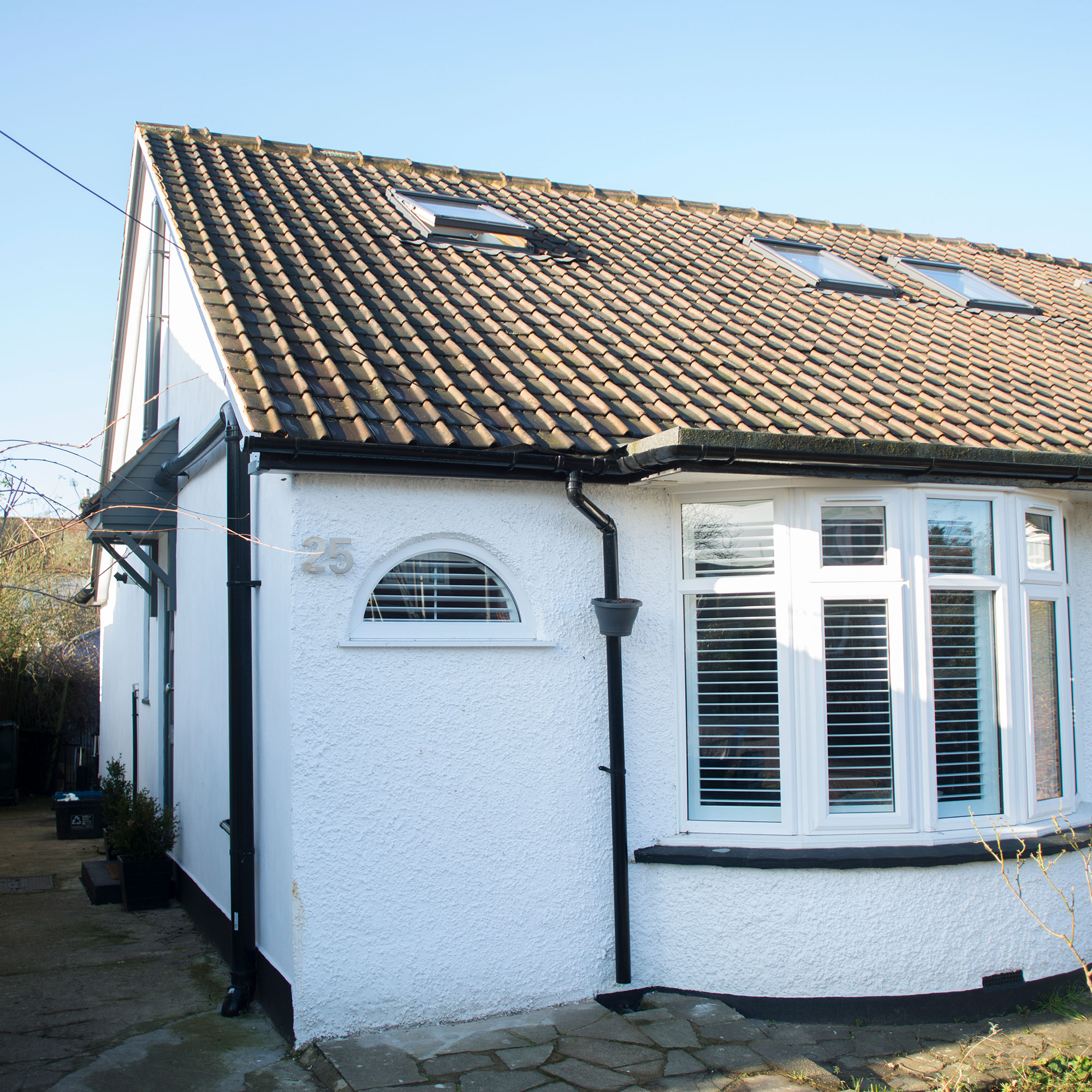
Beyond the plot, humble bungalows have a number of inherent advantages over other house types which make them relatively easy to adapt. By their very nature there is no upper floor to hold up or prop whilst moving walls around. They’re nearly always detached, so are easier to work with than semi-detached or terraced houses, especially when it comes to externally insulating walls or insulating above the rafters and lifting the roof. Both actions are needed for deeply sustainable refurbishments. The lack of a first floor makes it possible to use rooflights and get daylight pretty much wherever you want. It is also relatively easy to rewire, re-plumb or retro-fit Mechanical Ventilation Heat Recovery (MVHR) using the loft space, which is also easy to super-insulate.
It is true that the golden age of bungalow building coincided with a flourishing of some truly awful reconstituted and artificial stone alongside some seriously questionable bricks. Worse is that they seem to have been the choice du jour for bungalow builders and many look grim as a result. Don’t let this put you off, the appearance of a bungalow can be totally transformed with insulation and over-cladding, rendering or even just mineral paint. Re-doing windows by dropping window sills and using large formal modern triple glazing can make a bungalow mid century cool (not last century naff).
How can you remodel a bungalow?
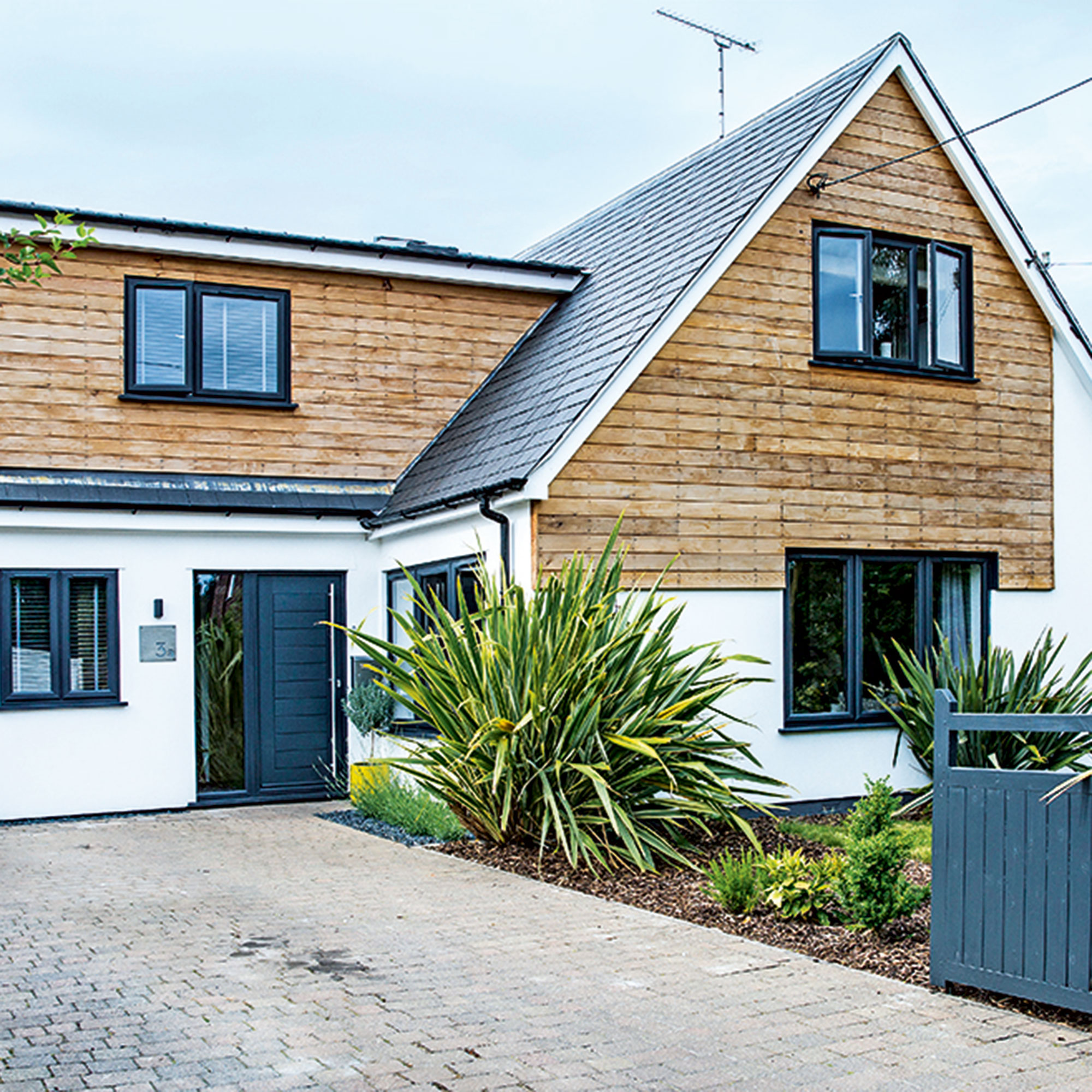
As described, there are many ways you can remodel a bungalow but if you’re after more space, I suggest looking up rather than sideways. This is due to the way foundations are made, the width of a digger bucket and deep enough to get to solid ground. This means they are usually over engineered for a single storey structure and can take an entire second storey without strengthening. This allows the possibility to add a partial or even full second storey to a bungalow and avoid the hassle, cost and associated embodied carbon of foundations.
By their nature bungalows have a poor form factor, lots of walls and roof compared to volume, which makes them harder to keep warm than a traditional house. A second storey will improve this making the building more efficient whilst providing more space. Whether you’re tweaking the appearance or radically changing the form and layout, a bungalow’s super skill is its adaptability, so always focus on the location, plot and views rather than the minutiae of the current house. This almost limitless ability to transform means you’re often better off buying a bungalow!
Get the Ideal Home Newsletter
Sign up to our newsletter for style and decor inspiration, house makeovers, project advice and more.

Charlie Luxton is an architectural designer who juggles his roles as director of Charlie Luxton Design, TV presenter and public speaker. Charlie regularly gives talks and presentations to a wide range of audiences about all aspects of the built environment and sustainability.
Charlie is passionate about the environment and communicating his enthusiasm for sustainable architecture and design. He has combined his design work with writing and presenting television programmes for the last twenty years and fronts Building the Dream and Homes by the Sea for More4, amongst others.
-
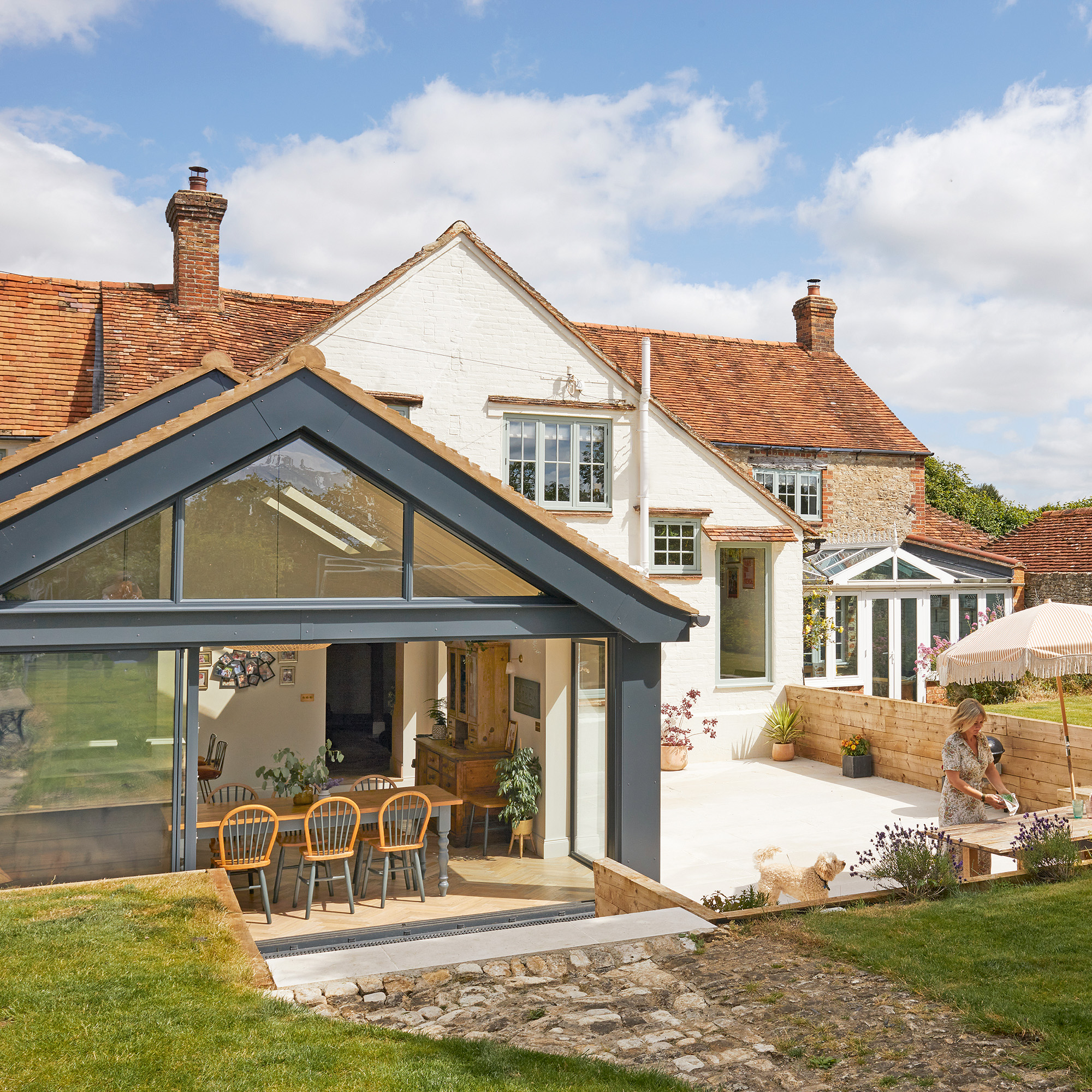 Moving from the city to the country transformed this family's life
Moving from the city to the country transformed this family's lifeA sympathetic restoration and a modern extension have given this period property a new start as a practical family home
By Louise O'Bryan
-
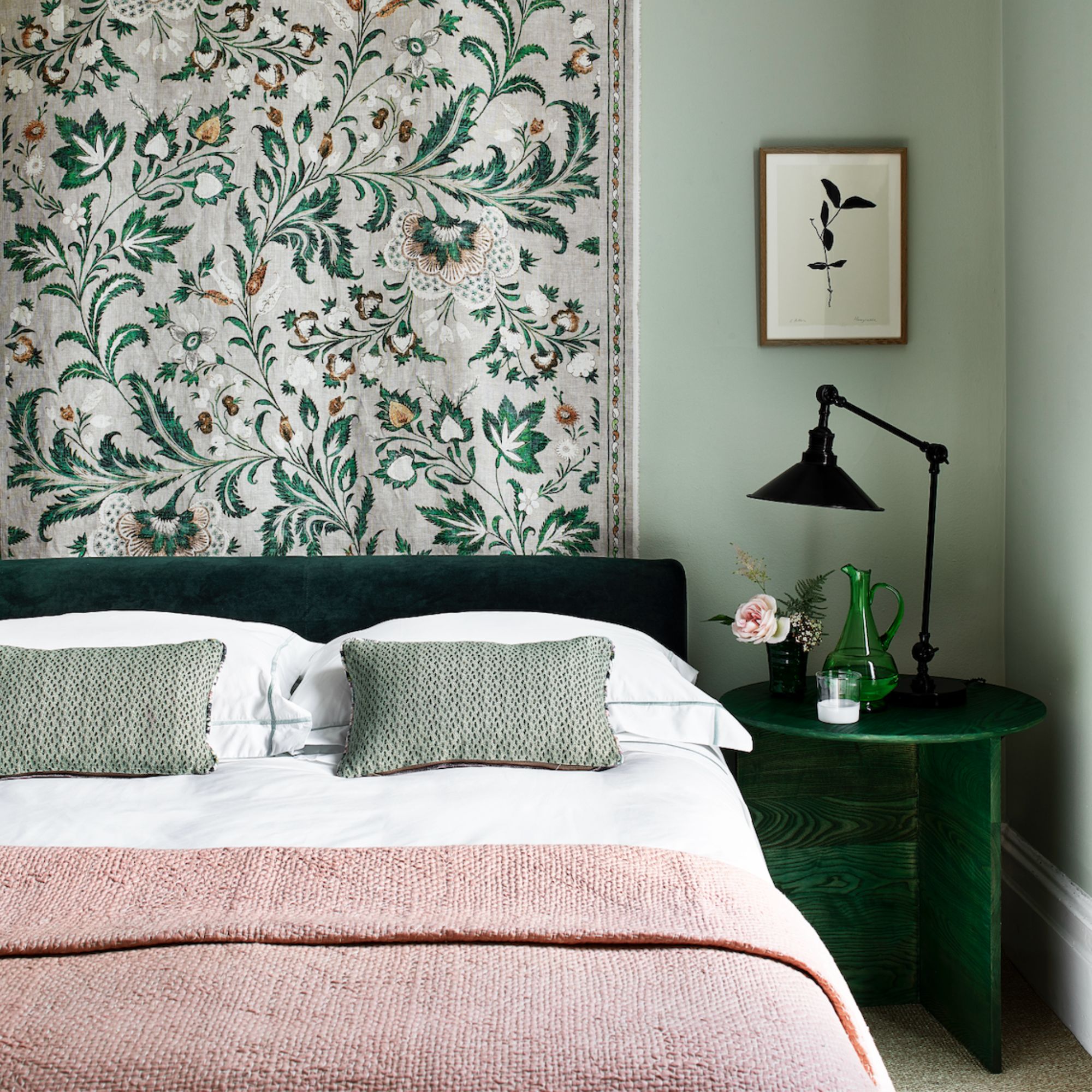 Sorry florals, botanical patterns are trending for 2025 – interior experts share the best ways to make them work in your home
Sorry florals, botanical patterns are trending for 2025 – interior experts share the best ways to make them work in your homeEmbrace bold blooms in your scheme
By Maddie Balcombe
-
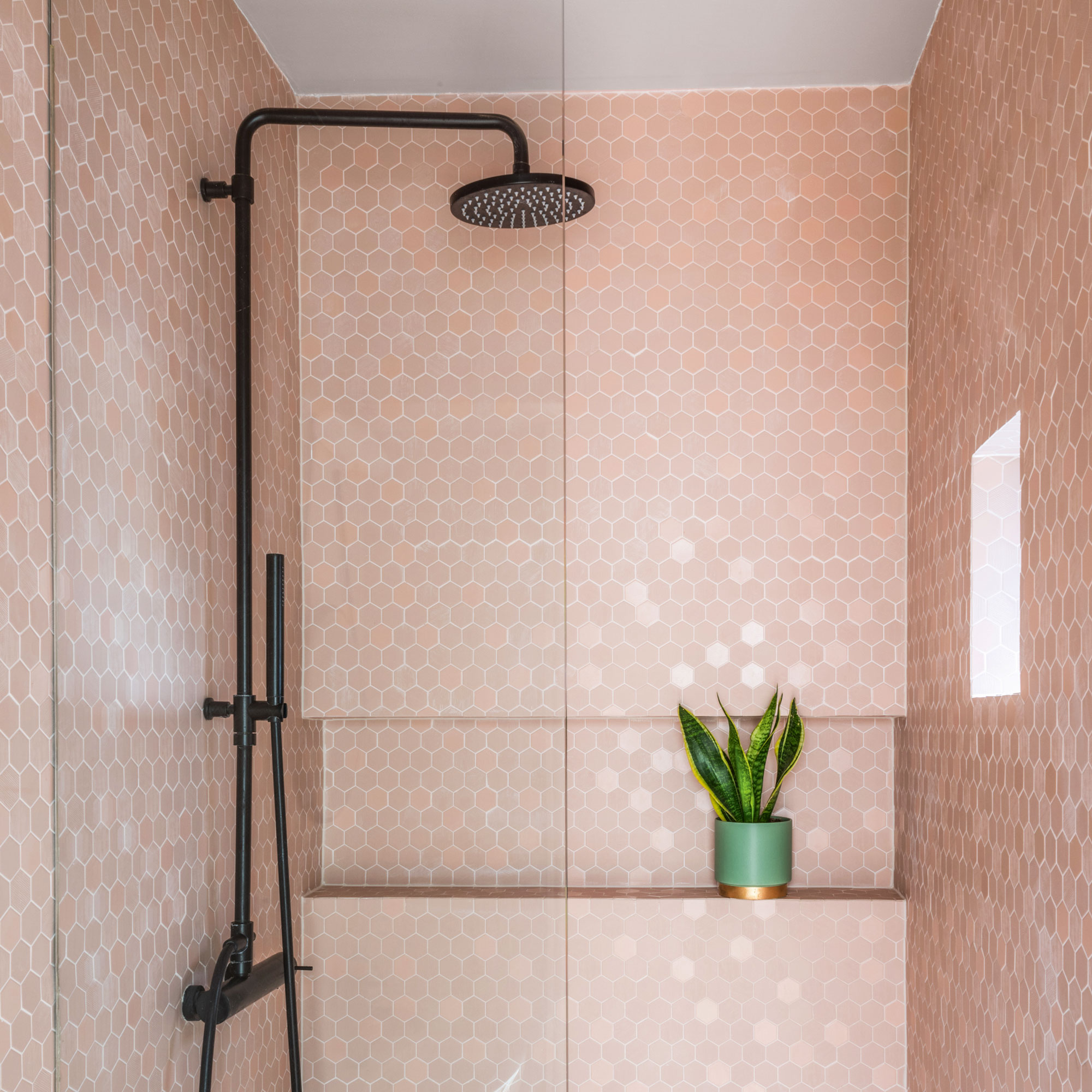 Are rainfall shower heads out of style in 2025? These 3 alternatives could be the next best thing
Are rainfall shower heads out of style in 2025? These 3 alternatives could be the next best thingIt could be time to try something new
By Holly Cockburn